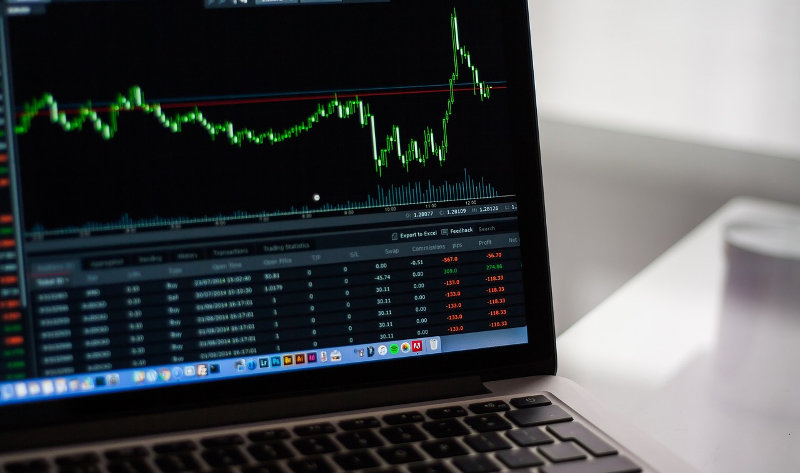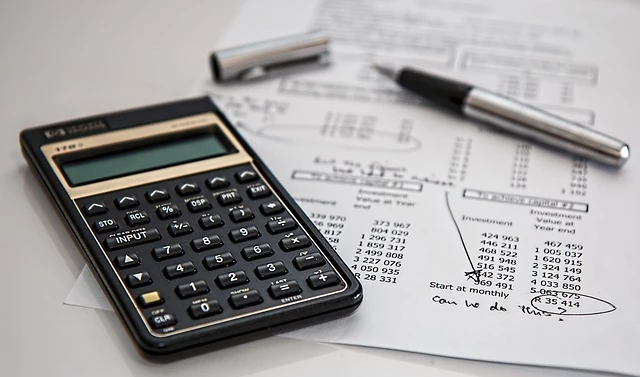Holding Period Return Calculator
Calculate the total return from stocks, including capital gains and dividend yield.

With this simple HPR calculator, you can calculate the total return from your investments. Thanks to this, you can compare the performance of different companies' stocks or stock market investments with other asset classes.
From this article, you will learn what holding period return is, how it can be calculated, and, most importantly, how to interpret the results.
With this knowledge, you will be able to make smarter investment decisions and grow your net worth more efficiently.
What is the holding period return (HPR)?
Holding period return (HPR) is the total profit (or loss) from your stock investment over time. Since stock owners can profit from the increase in price and the income from dividends, the HPR represents cumulative earnings from those revenue streams.
HPR is a universal metric that allows a comparison of the performance between the stock of companies paying regular dividends and growth companies that reinvest profits into faster growth.
Holding period return is a good tool for comparing the performance of the stocks with other asset classes since it reduces two stock income streams to a single value.
How to calculate HPR?
Holding period return calculation is pretty simple since, according to the HPR definition, it is just the sum of the capital gains and dividend yields.
The easiest way of calculating HPR is to use our calculator. If you wish to work it out on your own using the HPR formula - follow the procedure below.
-
Calculate the capital gains
Capital gains are the difference between the last and initial stock prices.
capital_gains = (last_stock_price - initial_stock_price) / initial_stock_price * 100%
-
Calculate the dividend yield
The dividend yield is calculated by dividing the dividend per share by its initial price.
dividend_yield = dividend_per_share / initial_share_price
-
Sum both values to get the HPR value.
It is the easiest part - add both values to get the holding period return.
HPR = capital_gains + dividend_yield
The holding period return formula
Now we can wrap up the previous partial calculations into the HPR formula.
HPR = capital_gains + dividend_yield
HPR = (last_stock_price - initial_stock_price) / initial_stock_price * 100% + dividend_per_share / initial_share_price * 100%
The importance of holding period return calculation
As mentioned before, calculating stock HPR makes it easy to compare the performance of different investments by cumulating the profits from the appreciation of stocks and dividends paid to one value.
While comparing the stock performance over a short period may seem like a trivia task, for a longer period is difficult to analyze the investment performance due to the high fluctuations of stock prices and dividend incomes.
Let's analyze the following example.
Company A
| 2016 | 2017 | 2018 | 2019 | 2020 | |
| Stock Price on Dec 31th | $12.54 | $15.45 | $11.70 | $14.20 | $16.80 |
| Dividend per share | $0.37 | $0.47 | $0.24 | $0.40 | $0.42 |
Company B
| 2016 | 2017 | 2018 | 2019 | 2020 | |
| Stock Price on Dec 31th | $204.54 | $220.45 | $250.70 | $260.20 | $266.30 |
| Dividend per share | $2.31 | $2.47 | $1.24 | $0 | $2.42 |
At first glimpse, it is hard to tell which company was the better investment. So let's calculate the HPR for both companies:
| Capital Gains | Dividend Yield | Holding Period Return | |
| Company A | 33.97% | 15.15% | 49.12% |
| Company B | 30.19% | 4.13% | 34.32% |
In this case, according to HPR calculation, Company A turned out to be a better investment.
The limitations of the HPR calculator

While we put a lot of effort into making this calculator as useful as possible, there are several limitations to keep in mind. Remember that our tool:
-
Ignores transaction costs:
The HPR calculator does not consider any transaction costs, such as brokerage fees or commissions, which can significantly impact investment returns. -
Does not account for inflation:
The HPR calculator only considers nominal returns and does not adjust for inflation, which can significantly impact the real return earned on an investment. -
Is limited to a specific period:
The HPR calculator only provides information about the return earned during a specific holding period and does not provide information about longer-term trends or potential issues with investment performance. -
Does not consider risk:
The HPR calculator only considers the return earned on an investment and does not provide information about the level of risk associated with the investment. This means that it may not provide a complete picture of investment outcome. -
Assumes constant returns:
The HPR calculator assumes that the returns earned on an investment are constant over the holding period, which may not be true in practice. Investment returns can be volatile and can fluctuate significantly over time.
Of course, the HPR calculator can be a useful tool for evaluating investment returns. It is important to consider its limitations and supplement it with other financial and non-financial analyses when evaluating investment opportunities.
HPR in Portfolio Management
Portfolio management is an intricate dance of buying and selling assets to maximize returns while minimizing risks. In this delicate balancing act, understanding the performance of individual assets becomes paramount. This is where the concept of the holding period return (HPR) shines.
To calculate the holding period return, portfolio managers meticulously track the purchase price of each asset and its ending value during the specified period. This gives them a clear picture of the asset's performance over time, allowing them to evaluate whether it aligns with their investment strategy and goals.
By consistently measuring this performance against the holding period return definition, they ensure that they’re comparing apples to apples.
Using the holding period becomes even more vital when there's a mix of assets in a portfolio, each with its trajectory of capital appreciation.
Some assets might have been bought at a higher purchase price, affecting their yield relative to their cost. But by using HPR, these disparities can be ironed out, giving a truer sense of how an asset has performed over time.
Diversified portfolios often consist of assets that offer various sources of income. While one asset might provide higher dividend yields, another could be a star player when it comes to capital appreciation. In essence, these two streams – income and capital – converge in the HPR.
The total return, calculated using the HPR, ensures that both the dividend income and the change in share price are accounted for, giving a comprehensive view of the asset's performance.
Let's imagine a scenario. An investor purchases a share at a starting price of $100. Over a year, this share pays dividends amounting to $5. By the end of the year, the share price has increased to $110.
The HPR, in this case, would not only account for the $10 increase in share price (capital appreciation) but also the $5 in dividends, ensuring that the ending value of the investment is captured in its entirety.
For portfolio managers, the holding period return is not just a metric—it’s a compass. It guides their decisions, offers insights into the nuances of capital appreciation versus dividend yield, and most importantly, ensures that every decision is rooted in data.
By using HPR, portfolio managers can navigate the turbulent waters of the financial markets, ensuring that their ship, no matter how diversified, stays on course.
Similar metrics
HPR is a good metric of stock performance over a single period, for example, one year. Since the stock prices and dividends paid vary over time, for a more extended period, it is better to calculate the compound annual growth rate (CAGR) or Extended Internal Rate of Return (XIRR).
If you are interested in this topic, read more about the Present Value of Growth Opportunities, a popular methodology for evaluating companies based on their growth potential.
For general purposes, you may find our ROI calculator helpful.

